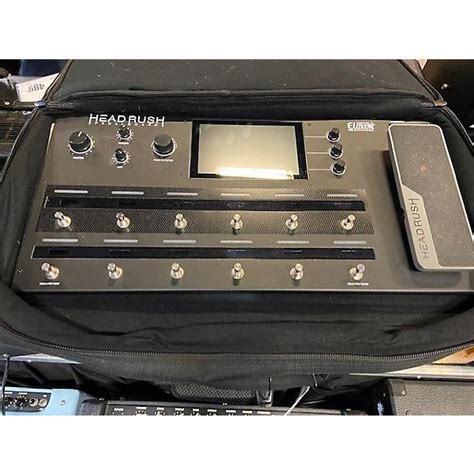4 Ways to Convert PDF to Publisher
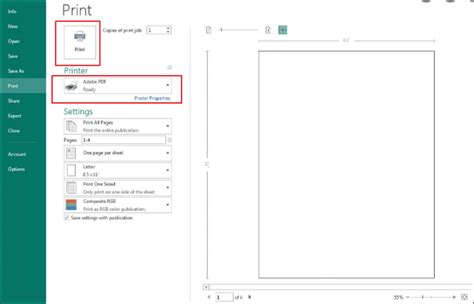
In today's digital world, it's common to come across PDF files, which are widely used for their portability and ability to preserve document formatting. However, sometimes we need to edit or customize these files, and that's where converting them to a more versatile format like Publisher comes in handy. Microsoft Publisher is a powerful tool for creating professional-looking publications, and with the right techniques, you can easily transform your PDF documents into editable Publisher files.
Whether you're a graphic designer, a marketer, or simply someone who needs to make some adjustments to a PDF, knowing how to convert PDF to Publisher can be a valuable skill. In this article, we'll explore four effective methods to achieve this conversion, ensuring you have the flexibility to work with your PDF content in a more dynamic way.
Method 1: Using Adobe Acrobat
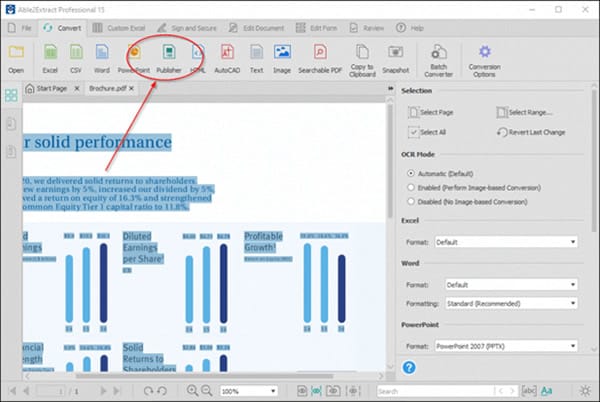
One of the most straightforward ways to convert a PDF to Publisher is by utilizing Adobe Acrobat, a robust PDF editing software. Here’s a step-by-step guide to help you through the process:
- Open Adobe Acrobat: Launch Adobe Acrobat on your computer. If you don't have it installed, you can download a free trial from the Adobe website.
- Import Your PDF: Click on the "File" menu and select "Open." Browse your computer to find and open the PDF file you want to convert.
- Export as Publisher File: Go to the "File" menu again and choose "Export To." From the available options, select "Microsoft Publisher."
- Choose Output Options: In the export settings, you can customize various aspects of the conversion, such as the file size, image resolution, and text encoding. Adjust these settings based on your specific needs.
- Save Your Publisher File: Click "Export" to initiate the conversion process. Once completed, you'll be prompted to save the converted file. Choose a location on your computer and click "Save."
With Adobe Acrobat, you can ensure a high-quality conversion, as it preserves the layout, images, and text of your PDF. However, keep in mind that this method may not be suitable for complex PDF files with extensive formatting.
Pros and Cons of Adobe Acrobat Conversion
- Pros:
- Preserves PDF layout and formatting.
- Offers customization options for the exported file.
- Reliable for basic PDF conversions.
- Cons:
- May not handle complex PDFs with advanced formatting.
- Requires Adobe Acrobat software, which is a paid tool.
Method 2: Online Conversion Tools
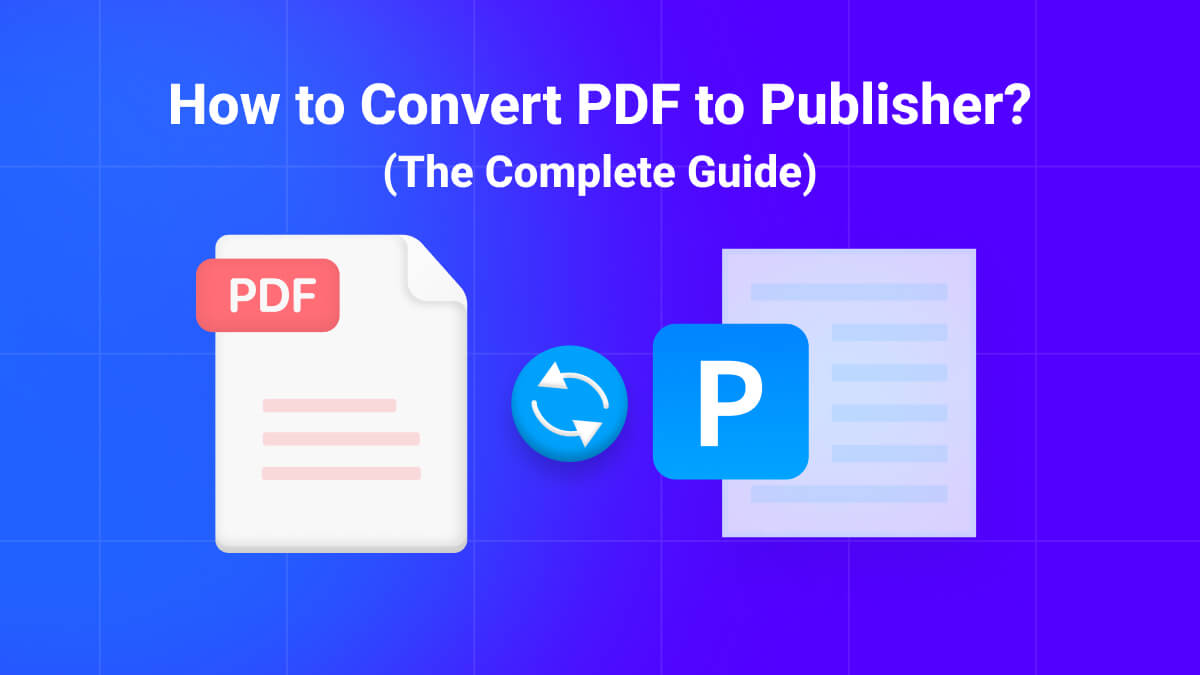
If you’re looking for a quick and convenient solution, online PDF to Publisher conversion tools can be a great option. These tools allow you to upload your PDF and convert it directly on the website, without the need for any software installation.
- Choose a Reliable Online Converter: There are several online PDF converters available, but it's essential to select a reputable and secure one. Look for tools with positive user reviews and strong privacy policies.
- Upload Your PDF: Visit the chosen converter's website and locate the upload section. Click on the "Choose File" or "Browse" button to select your PDF file from your computer.
- Convert and Download: After uploading, the website will guide you through the conversion process. Once completed, you'll be able to download the converted Publisher file.
While online converters offer convenience, they may have certain limitations, such as file size restrictions or potential issues with preserving complex PDF layouts.
Online Conversion Tools: Pros and Cons
- Pros:
- No software installation required.
- Quick and easy to use.
- Suitable for occasional conversions.
- Cons:
- May have file size limitations.
- Potentially less accurate for complex PDFs.
- Security and privacy concerns.
Method 3: Extracting Text and Recreating in Publisher
For PDFs with straightforward content, you can opt to extract the text and images manually and then recreate the document in Microsoft Publisher. This method provides more control over the final output but requires a bit more effort.
- Open Your PDF in a PDF Reader: Use any PDF reader software, such as Adobe Reader or Foxit Reader, to open your PDF file.
- Copy Text and Images: Select and copy the text and images from the PDF. You can use the "Select" tool or the "Lasso" tool to capture specific elements.
- Open Microsoft Publisher: Launch Microsoft Publisher on your computer.
- Create a New Publication: Click on the "File" menu and select "New." Choose a blank publication template to start with.
- Paste Copied Content: Go to the Publisher workspace and paste the copied text and images. Arrange them as needed to recreate the layout of your PDF.
- Save as Publisher File: Once you've arranged the content, save the file with a .pub extension to ensure it's recognized as a Publisher document.
This method allows you to have complete control over the design and layout but can be time-consuming, especially for longer or more intricate PDFs.
Pros and Cons of Manual Extraction
- Pros:
- Provides full control over the final output.
- Suitable for simple PDFs with minimal formatting.
- Cons:
- Time-consuming process.
- Not feasible for complex PDFs.
Method 4: Using PDF Editing Software
Another approach is to use dedicated PDF editing software that offers the ability to convert PDFs to various formats, including Publisher. These tools often provide more advanced features and a higher level of accuracy compared to online converters.
- Choose PDF Editing Software: Research and select a reputable PDF editor that supports PDF to Publisher conversion. Some popular options include Nitro Pro, PDFelement, and PDF-XChange Editor.
- Install and Open the Software: Download and install the chosen PDF editor on your computer. Launch the software and open your PDF file.
- Convert to Publisher: Navigate to the conversion options within the software. Look for the "Convert" or "Export" feature and choose Microsoft Publisher as the output format.
- Adjust Conversion Settings: Depending on the software, you may have the option to customize the conversion process. Adjust settings like image quality, text recognition, and layout preservation to meet your requirements.
- Save Your Publisher File: Once the conversion is complete, save the file with a .pub extension to ensure it opens in Microsoft Publisher.
PDF editing software often provides a more reliable and accurate conversion process, making it a preferred choice for professionals working with PDFs regularly.
PDF Editing Software: Pros and Cons
- Pros:
- Offers advanced conversion features.
- Preserves complex PDF layouts.
- Suitable for regular PDF conversions.
- Cons:
- Requires software installation and purchase.
- May have a steeper learning curve.
Performance Analysis and Future Implications
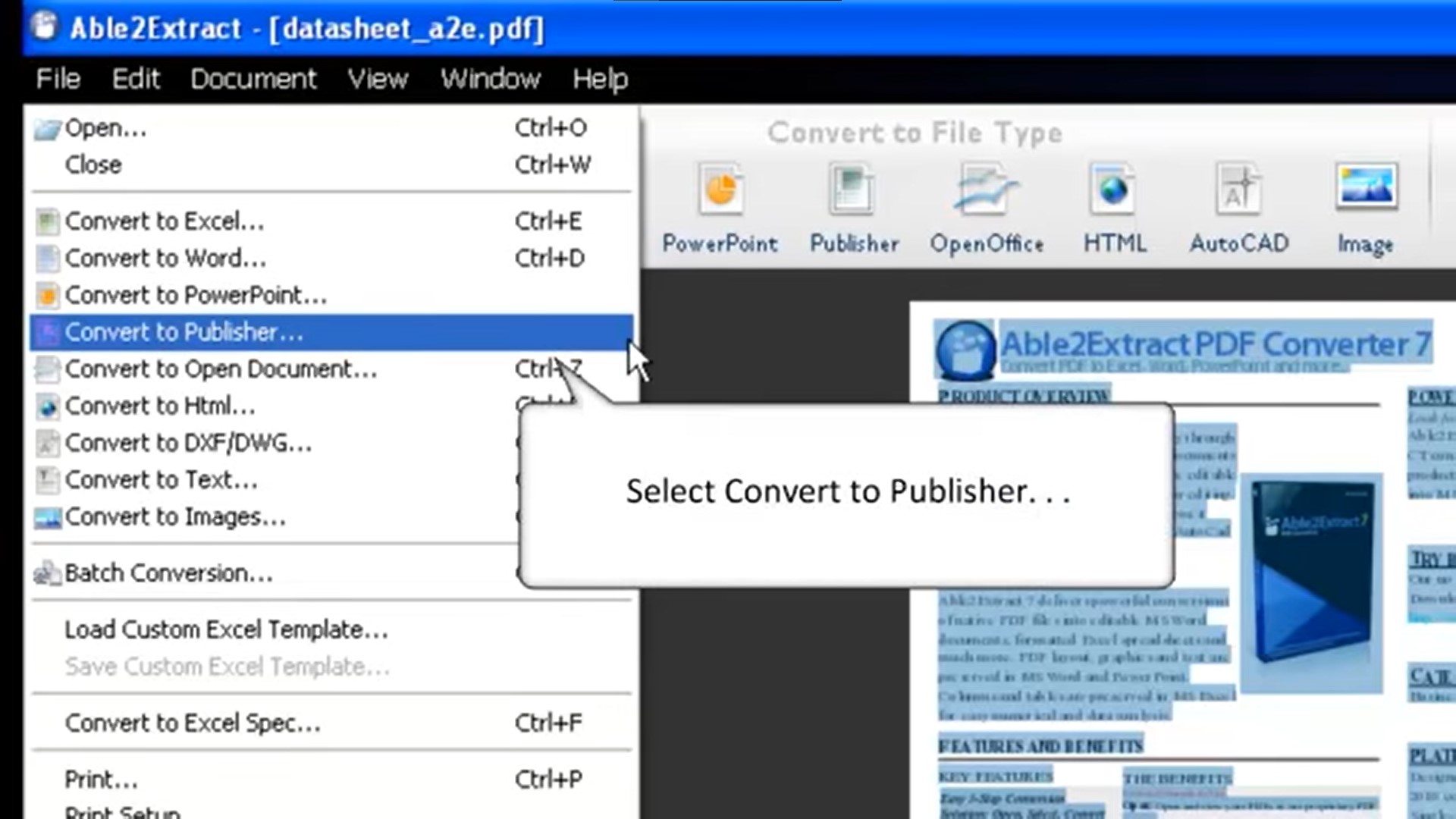
Each of the methods discussed above has its strengths and weaknesses. The choice of method depends on factors such as the complexity of your PDF, the level of accuracy required, and your personal preferences.
For simple PDFs with basic formatting, online conversion tools or manual extraction can be quick and efficient. However, for more intricate PDFs, Adobe Acrobat or dedicated PDF editing software offer more reliable results. These tools ensure better preservation of the original layout and formatting, making them ideal for professional use.
As technology advances, we can expect further improvements in PDF conversion tools. Future developments may include more sophisticated AI-powered conversion algorithms, enabling even more accurate and seamless transformations between PDF and Publisher formats. Additionally, cloud-based solutions could offer more collaborative features, allowing multiple users to work on converted files simultaneously.
In conclusion, knowing how to convert PDF to Publisher provides flexibility and opens up new possibilities for editing and customizing your documents. Whether you opt for Adobe Acrobat, online converters, manual extraction, or PDF editing software, the key is to choose the method that best aligns with your specific needs and the complexity of your PDF files.
Can I convert multiple PDF pages into a single Publisher file?
+Yes, most of the conversion methods mentioned allow you to convert multiple PDF pages into a single Publisher file. When exporting or converting, simply select the “Multiple Pages” or “All Pages” option to ensure all pages are included in the converted file.
Are there any free PDF to Publisher converters available?
+While there are some free online converters, they often have limitations such as file size restrictions or fewer conversion options. For more advanced features and accurate conversions, you may need to invest in a paid PDF editing software or Adobe Acrobat.
Can I convert PDF forms to Publisher for editing?
+Converting PDF forms to Publisher can be challenging as it requires preserving the interactive elements. While some conversion tools may attempt to retain form fields, it’s often more reliable to recreate the form manually in Publisher or use specialized form creation software.
What if my PDF has complex formatting or images?
+For PDFs with complex formatting or intricate images, it’s recommended to use Adobe Acrobat or dedicated PDF editing software. These tools are better equipped to handle such complexities and provide more accurate conversions.

